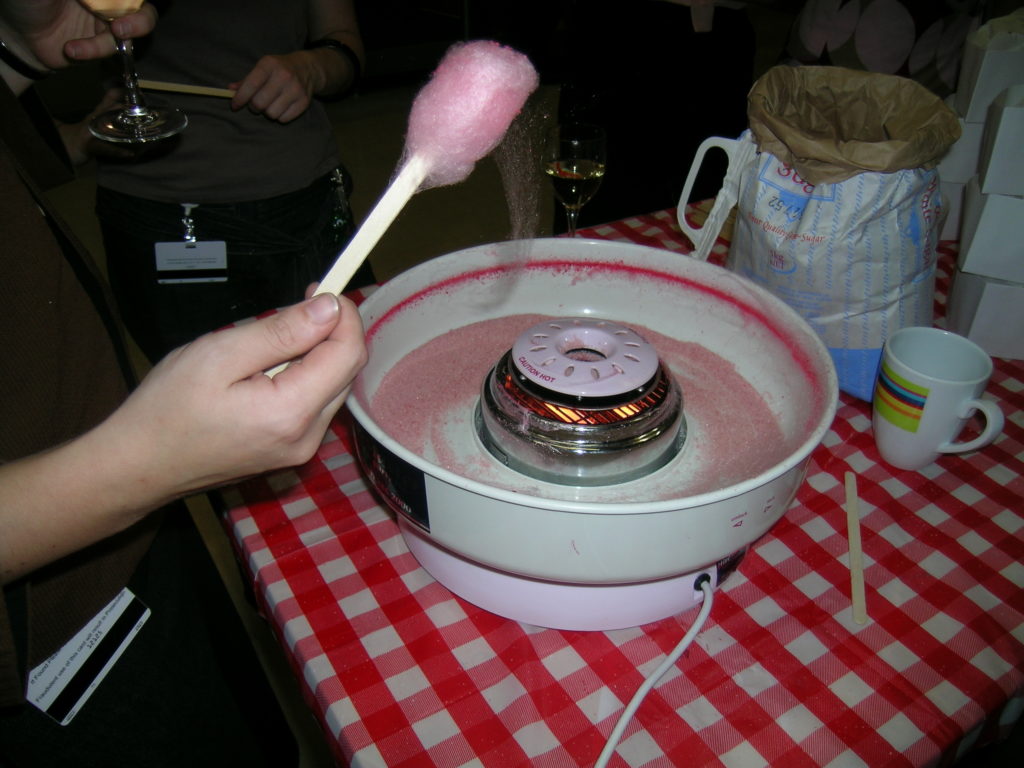ARTISTS Elizabeth Allan and Dorothy Irvine, Tim Armstrong, Kyly Ashman and Mike Marsh and Chantelle Waring, Sandy Gibbs, Caroline Johnston, Rebecca Pilcher, Sarah Stevens, Jemma Woolmore CURATOR Emma Budgen
Although their works take many different forms, the Wellington artists in this show are all interested in the social: relationships between people and the negotiations these demand. Nodding to British writer Nick Hornby’s 2001 book How to Be Good, the show explores the complexity of living in a community and the networks that connect us.
In the Dominion Post, Mark Amery explains: ‘If art as social experience used to tend towards an emphasis on the artist's isolated experience, it is now providing communal warm fuzzies. Many emerging contemporary artists are interested in how they can bring communities together—in a way art used to in less secular times.’
Elizabeth Allan enlisted the help of her grandmother Dorothy Irvine in a social experiment. They removed a barbed-wire barrier fixed atop a fence between Irvine’s house and nine neighbouring Housing New Zealand flats. She says it was ‘a statement of positive change, reflecting the desire for a better relationship between neighbours’.
Architecture seeks to solve community problems with utopian structures. Jemma Woolmore's My Perfect World conveys the tension between what we can imagine and the physical reality we can build.
In A Christmas Story, Tim Armstrong looks beyond Santa Claus’s current role as a capitalist force back to his original one as Saturn, Roman god of fertility and harvest. His sinister fibreglass Santa waves a sickle, an allusion to the ancient festival of Saturnalia.
Sandy Gibbs placed an ad in the Dominion Post seeking women to interview about marriage. Gloria is filmed at home in her wedding dress, talking frankly about her long marriage to husband Doug and their grown-up daughters.
Caroline Johnston’s coloured-pencil drawing combines familiar scenes of teenage life—sleeping, eating, parties, drug taking, vomiting—in a nostalgic psychedelic reverie. The images are drawn from photos taken by her friend Justine King of her friends in the late 1980s. The title—People See No Worth in You, Oh but I Do—is a line from The Smiths’ song ‘Reel around the Fountain’.
Rebecca Pilcher’s The Twin Tests follows the artist and her twin sisters they undergo clinical tests. Her video alludes to the early use of photography as a diagnostic tool for psychiatric disorders and the traditional suspicion of twins; the separation yet connection they represent being bewildering to outsiders. Pilcher says: ‘by virtue of being a duplicate you are on display’.
Kyly Ashman, Mike Marsh, and Chantelle Waring publish the art zine Dangerous Liaisons. Their new issue focuses less on the art world and more on ‘our relationship to each other and our readers’, says Ashman.
Sarah Stevens’s Superlooper performance finds her manning a candy-floss stall outside the Gallery. Passers-by are invited to make themselves a free candy floss on a stick, under her supervision and guidance. Stevens bypasses commerce to reach out to an unknown public.





































